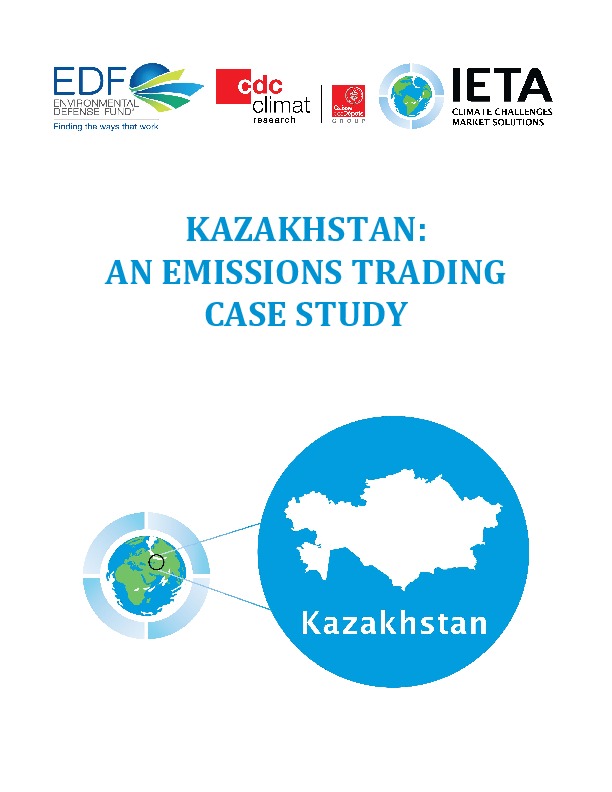Kazakhstan : A case study on emissions trading
As the largest economy in Central Asia, with the highest emission output per GDP, Kazakhstan’s decision to establish Asia’s first cap-and-trade system is likely to add to the mobilisation of carbon pricing mechanisms in the region.
Published in May 2015 by I4CE together with the International Emissions Trading Association (IETA) and the Environmental Defense Fund (EDF).
